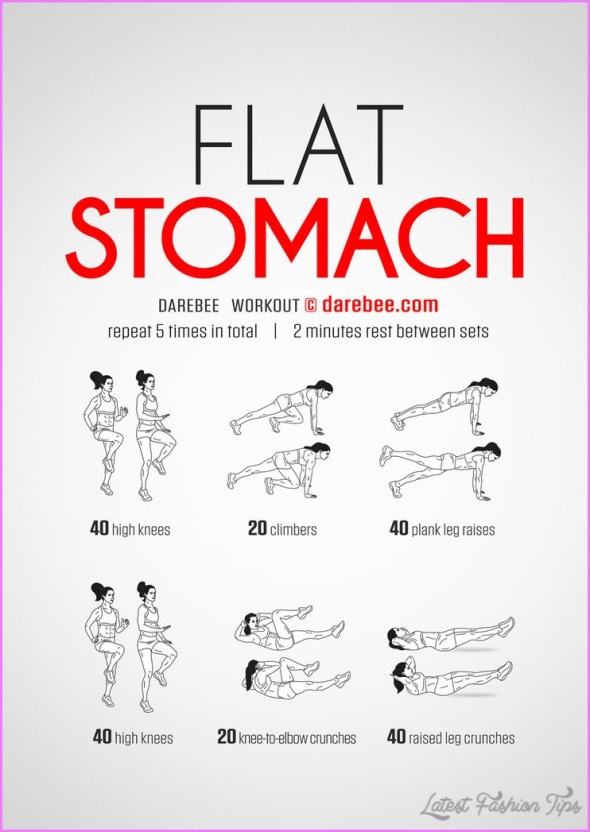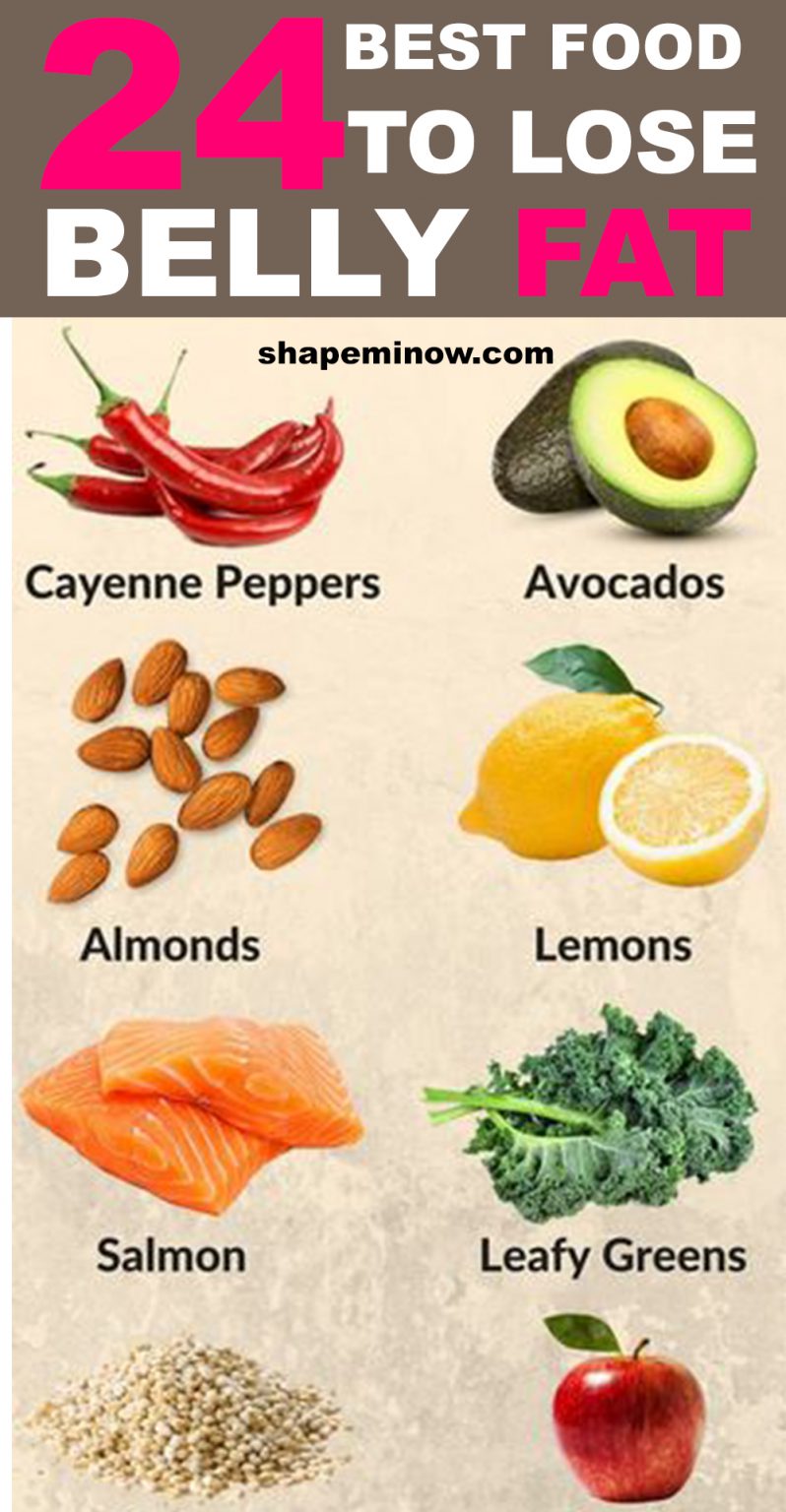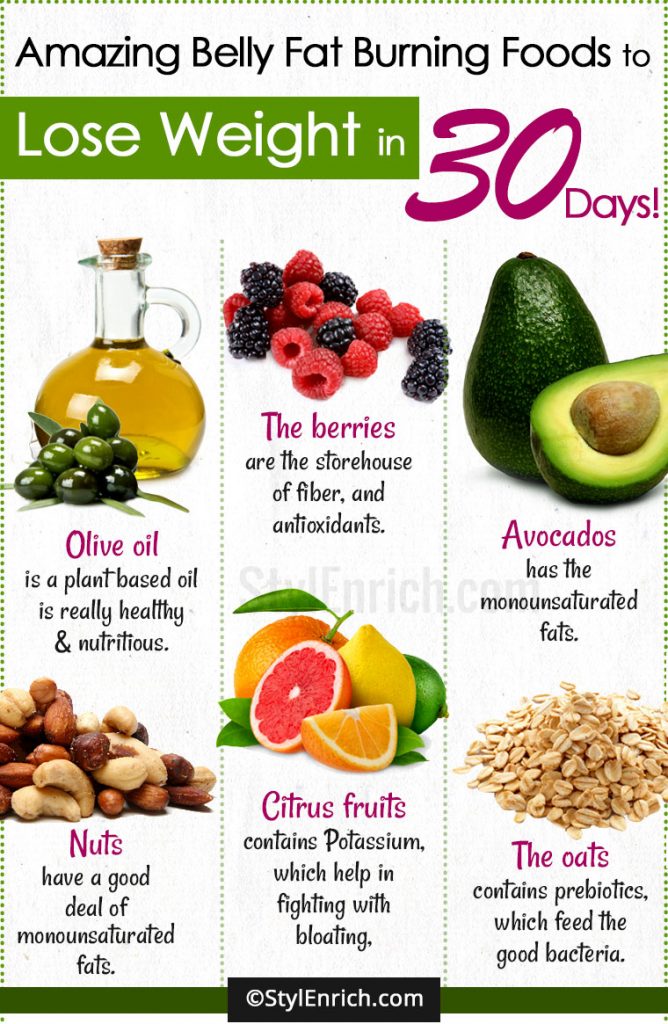Beautiful Info About How To Lose Weight Of Stomach

If you want to lose weight, consider starting by avoiding sugar and starch (like bread, pasta and potatoes).
How to lose weight of stomach. Fatty fish like tuna and salmon 4. How to lose belly fat. Add cardio buena vista images/getty images cardiovascular or aerobic exercises are an excellent way for a person to burn calories and improve their heart.
How long does it take to lose belly fat? Eat protein, fat, and vegetables aim to include a variety of foods at each meal. Eat more fiber.
Foods with probiotics like yogurt, kefir, sauerkraut, and kimchi 5. One popular approach is to reduce your. Belly fat is easy to accumulate and hard to lose, but this one easy move could be the answer.
There are four keys to controlling belly fat: Cut calories, but not too much typically, if you’re looking to lose weight, you may need to monitor your calorie intake. How much exercise does it take to lose belly fat?
What is the best diet to lose belly fat? Studies have shown that eating the right types of fat, like. In general, though, weight loss can be delineated into three stages:
Part 1 adding helpful foods to reduce belly fat download article 1 indulge in the right types of fat. Lucy jones is a dietician and chief clinical. Dieters can lose weight and cut belly fat by eating more protein, research has shown.
The length of each stage depends. Two servings of fat or oil covering the tip of your thumb. How to lose weight on your stomach:
Here are some exercises, eating habits, and lifestyle changes you can make to get started. Starving yourself and skipping meals is no. Five foods that may help burn belly fat include:
Rapid weight loss, gradual weight loss, and maintenance. Foods high in protein can have a similar effect on the appetite. Being super stressed also spikes cortisol, which can hinder weight loss after 60.
Eat every three to four hours. Foods with protein like meat, fish, eggs, and dairy 3. Exercises that increase your heart rate and make you sweat help you lose weight in general — both visceral fat and the fat under your skin.


















